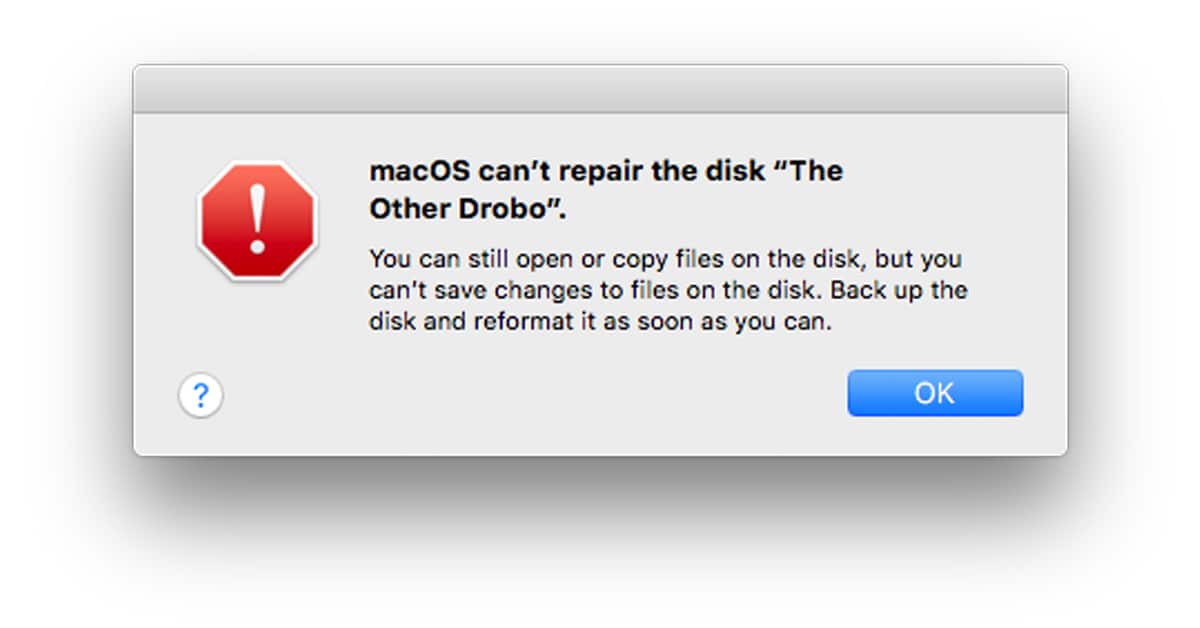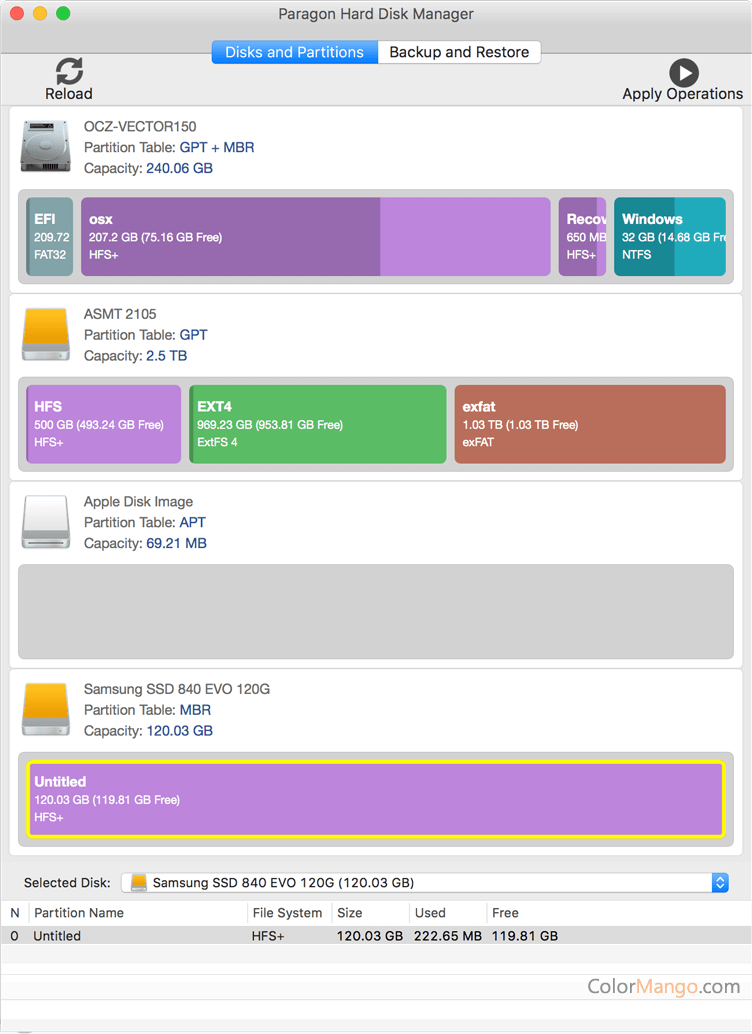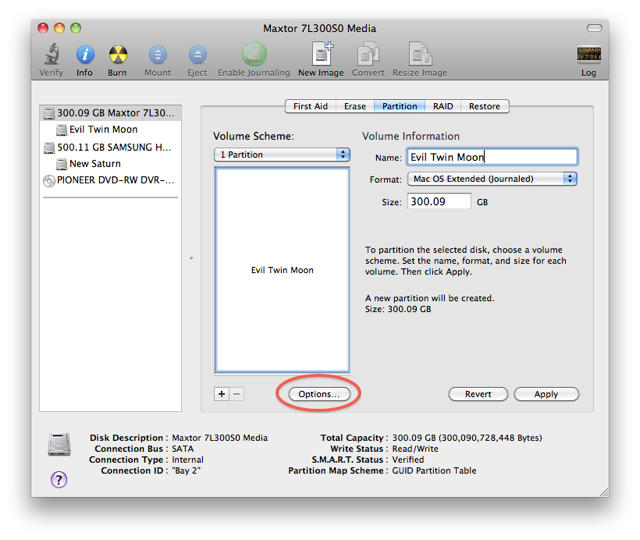Open the Disk Utility app on your Mac using one of the following methods, depending on the type of disk or volume you want to erase: If you want to erase your startup disk or startup volume: Start up from macOS Recovery, then choose Disk Utility from the macOS Utilities window. Step 7: Wait for your Mac to boot up, open 'Terminal' application from 'Utilities' drop-down menu. Step 8: Run the following command: 'Volumes/Image Volume/boot.sh' Step 9: Follow the wizard to recover lost data from the internal hard drive. Step 10: Restart the Mac, press and hold Command + R keys immediately to get into macOS Recovery mode. Step 11: Select Disk Utility in the Utilities.
Disk Utility User Guide
Hard Disk Utilities For Mac Catalina
Disk Utility can fix certain disk problems—for example, multiple apps quit unexpectedly, a file is corrupted, an external device doesn’t work properly, or your computer won’t start up. Disk Utility can’t detect or repair all problems that a disk may have.
Here's how to use PDF Converter Pro for Mac to convert your PDF to DOCX/DOC on Mac. Step 1: Load PDF Files for Conversion. Launch Wondershare PDF Converter Pro for Mac. In the primary window, drag and drop the files you want to convert. You can add as many PDF files as you want since the program allows for batch conversions. Mac Automator App. Automator, one of Mac’s pre-installed apps, is originally developed to build. Pdf to doc converter for mac.

Free Mac Disk Utility
If you run First Aid on a disk, Disk Utility checks the partition maps on the disk and performs some additional checks, and then checks each volume. If you run First Aid on a volume, Disk Utility verifies all the contents of that volume only.

In the Disk Utility app on your Mac, choose View > Show All Devices.
Note: If you’re checking your startup disk or startup volume, restart your computer in macOS Recovery, select Disk Utility in the macOS Utilities window, then click Continue. If you check your startup volume (Macintosh HD), make sure you also check your data volume (Macintosh HD - Data).
In the sidebar, select a disk or volume, then click the First Aid button .
If Disk Utility tells you the disk is about to fail, back up your data and replace the disk—you can’t repair it. Otherwise, continue to the next step.
Click Run, then click Continue.
If Disk Utility reports that the disk appears to be OK or has been repaired, you’re done. You can click Show Details to see more information about the repairs. Otherwise, you may need to do one of the following.
If Disk Utility reports “overlapped extent allocation” errors, two or more files occupy the same space on your disk, and at least one of them is likely to be corrupted. You need to check each file in the list of affected files. Most of the files in the list have aliases in a DamagedFiles folder at the top level of your disk.
If you can replace a file or re-create it, delete it.
Mac program for excel spreadsheets. Ribbon customization featureOffice for WindowsOffice for MacAbility to customize the ribbon using Ribbon XMLAvailableAvailableSupport for document based add-insAvailableAvailableAbility to invoke Macros using custom ribbon controlsAvailableAvailableCustomization of custom menusAvailableAvailableAbility to include and invoke Office Fluent Controls within a custom ribbon tabAvailableMost familiar Office Fluent Control Identifiers are compatible with Office for Mac.
If it contains information you need, open it and examine its data to make sure it hasn’t been corrupted.
If Disk Utility can’t repair your disk, or you receive a report that the First Aid process failed, try to repair the disk or partition again. If that doesn’t work, back up as much of your data as possible, reformat the disk, reinstall macOS, then restore your backed-up data.
If your Mac has a Fusion Drive and you see a flashing question mark or alert, see the troubleshooting section of the Apple Support article About Fusion Drive, a storage option for some Mac computers.
If you continue to have problems with your disk or it can’t be repaired, it may be physically damaged and need to be replaced. For information about servicing your Mac, see Find out how to service or repair your Mac.

Free Disk Utilities For Mac


